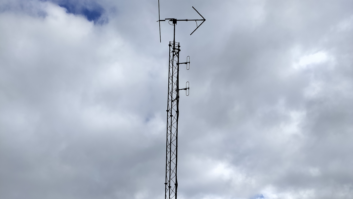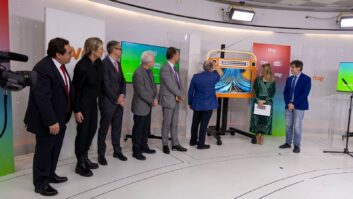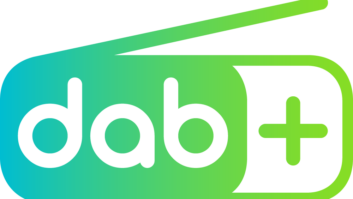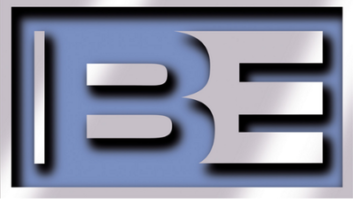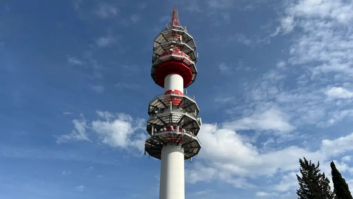STOCKHOLM — Sweden was one of the last countries in Europe to distribute legal commercial radio broadcasting licenses.
Only in 1993 did the government start issuing two local commercial licenses for each broadcasting area. The exception was major cities where it issued more, still local, licenses. Before that, listeners could tune to only four public service channels.
DIGITAL PIONEERS
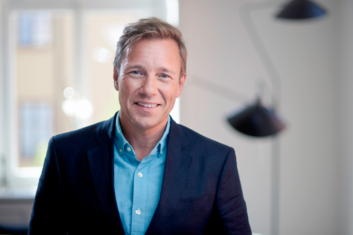
At the same time, Sweden (and Norway) were the first two countries to launch regular DAB broadcasts. Public service broadcaster Sveriges Radio turned on DAB in 1995. Unfortunately, the first generation of the DAB standard never really took off.
In 2002 SR announced it needed additional public funding to continue DAB transmissions. The government denied SR’s request, and SR shut DAB down the same year.
In 2010, when the second generation of the standard DAB+ was available, the Swedish government announced that spectrum would be allocated to commercial DAB+ networks (two multiplexes), and issued an enquiry to gather contributions and positions on how to best plan and manage the FM to digital transition.
It was a matter of “how and when,” not “if.” Thus the future road for the Swedish airwaves seemed to be paved with digital bricks. In 2014 the government presented the results of this enquiry and issued the first DAB+ commercial licenses.
“However, in 2015, following a change in government and before we even had a chance to launch, the government decided not to proceed with the proposed plan,” explained Christer Modig, CEO of commercial media and entertainment company NENT Group. “Since then, DAB has been on hold, nothing has happened for years.”
SUSTAINABLE AUDIENCE
Even if Swedish commercial broadcasters had DAB+ licenses, no one launched a digital station. According to Modig, there were two main reasons for this.

First, he said, there was not a clear government decision, and without that the public service broadcaster wouldn’t move toward DAB+. “And without the audience the public service is sitting on [about 70% of listening in Sweden], everyone thought it was impossible to build a sustainable audience for DAB+,” he said.
Secondly, all the commercial FM licenses were expiring in 2018. So at that time commercial broadcasters didn’t know whether they would have had an FM station after that time to support the digital transition. “It [digital] just stopped.” Modig concluded.
In 2018 the Swedish government reissued eight-year commercial FM licenses, and for the first time, it issued three national commercial licenses in addition to a number of local licenses which, if properly assembled, allowed the creation of a fourth national commercial FM channel.
Almost at the same time, the Swedish military made a claim for the DAB+ spectrum, since, according to Swedish law, it was entitled to it because the broadcasters were not using it.
“No other commercial radio groups in Sweden showed interest in launching DAB, neither did Sveriges Radio, so we decided we would have to do it alone,” Modig explained.
THE FIRST
In July 2018 NENT Group launched 13 DAB+ channels: four simulcasts of FM stations, seven brand new channels and two partner channels. Initial coverage reaches Stockholm, Gävle and Uppsala.
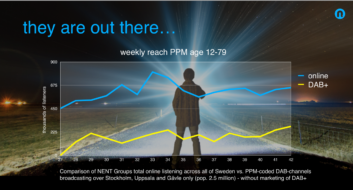
In total, around 4.4 million people (out of a population of 10 million) can today tune to NENT’s DAB channels. This accounts for 43% of the population. At the end of 2019 the broadcaster widened its coverage to reach Malmö and Gothenburg.
NENT said they did this at first to protect the DAB spectrum from getting allocated to the Swedish military. “If we didn’t use it, nothing could stop the Swedish Post and Telecom Authority from giving the frequency space away,” Modig said. “But we also wanted to reignite the political process on DAB+ and push for a decision.”
The idea has also driven other Swedish broadcasters to join them and proceed with the digitization plan and to secure the DAB+ licenses for renewal in 2022. Modig believes that, if NENT remains the only broadcaster to use the DAB+ licenses, authorities probably won’t reissue them.
Despite the lack of any public endorsement for DAB+ broadcasts in the country, based on listening figures, it appears as if Swedish people own far more DAB radio receivers than one would imagine. Although there are no official statistics about how many DAB radio receivers have been sold in Sweden.
GROWING FIGURES
DAB+-capable radios have been sold in “hi-fi” stores since early 2000. After 2010, the bigger electronic chains began carrying DAB+ devices, and today, most new cars come with a DAB receiver as standard or as part of a “sound pack” option.
Swedish radio broadcasters rely on a Portable People Meter system to study listening figures. NENT encoded its DAB+ channels for PPM measurements, and surprisingly they realized that around 250,000 people listen to their DAB+ channels. Coverage rollout reached only 2.4 million potential listeners at the time of the measurement.
Looking at the comparison between NENT’s online and DAB listening figures, online NENT reaches about 600,000 people every day, about 14–15% of the entire Swedish population.
“We reached 250,000 listeners on an overall potential base of 2.4 million people covered, without any marketing or promotions,” Modig explained. “When we cover Malmö and Gothenburg we will add another 2 million potential listeners. I strongly believe our DAB numbers will pass our online listening figures before the end of 2020.”
GOOD RESULTS
NENT representatives visited some shops and commercial centers and they found that nearly nine out of 10 radio receivers sold are DAB+-capable. Together with the potential listening base coming from DAB+ in-car receivers, this could explain the surprising listening figures NENT’s DAB+ service has experienced.
NENT’s effort has brought some remarkable results. In November 2019, Swedish Radio submitted an application to the Ministry of Culture for a national DAB+ permit for the period of 2020–2025. With its current permit, the public broadcaster is authorized to broadcast digital radio in Stockholm, Gothenburg, Malmö and Norrbotten. As part of its new application, Swedish Radio has requested a nationwide permit for 10 channels.
Then in February 2020, Bauer Media announced it would start DAB+ services in Sweden in the summer of 2020. It plans to launch multiplexes in the cities of Stockholm, Gothenburg and Malmö. The network plans to cover over 40% of the population with 10 DAB+ digital radio stations.
“Throughout Europe, listening to digital radio is growing via DAB +,” said Teemu Korhonen, distribution manager at Bauer Media in a press release.
“It will be great fun for listeners in Stockholm, Gothenburg and Malmö who will get several new radio channels to listen to. DAB + is the natural step for future-proofing and developing radio for its listeners.”






